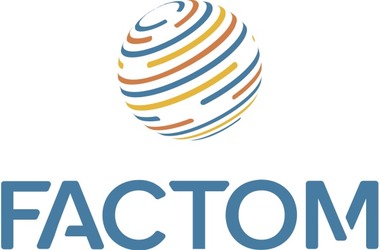
The objective of the grant was to ensure the creation of a blockchain system that will enhance grid trustworthiness and robustness.
The DOE’s document reads as follows:
“Electric grids are quickly evolving with advanced monitoring and information management as well as communication through connected devices. Although the number of devices and sensors coming online is increasing exponentially, the same vulnerabilities remain in data integrity at the source and during transport. The overall objectives of this proposal are to design a system to improve grid reliability and resilience through the use of blockchain technology.”
The suggested method involves assessing and safeguarding hardware on the grid from malware, building a system to enhance the safety of day-to-day devices employed by customers and offering a cost-effective way to safeguard any device using blockchain technology.
Factom is joining the US government-financed testing of blockchain technology to safeguard the national power grid. TFA Labs, an internet-of-things security company, is assessing the hardware on the grid using Factom protocols.
The first phase of the project will carry on until March when TFA intends to have a prototype ready. In the next phase of trial, TFA Labs will partner with hardware manufacturers and could get receive roughly $1 million as grant from the DOE.
Notably, mining of Bitcoin (BTC), despite record hash rates, is turning out to be energy efficient. Information from aggregator Statista indicated that in spite of using more computing power to mine Bitcoin, the power consumption has not increased.